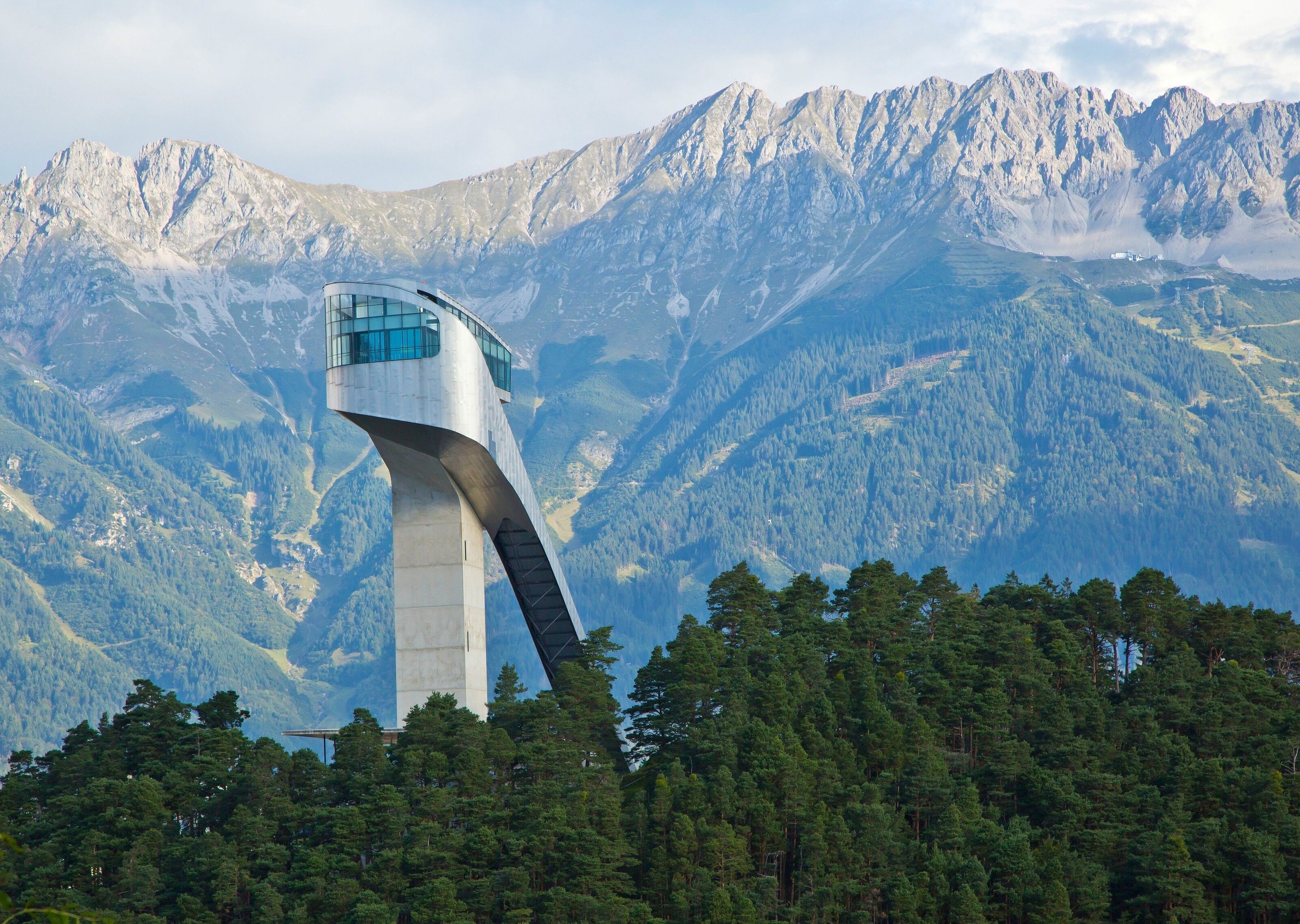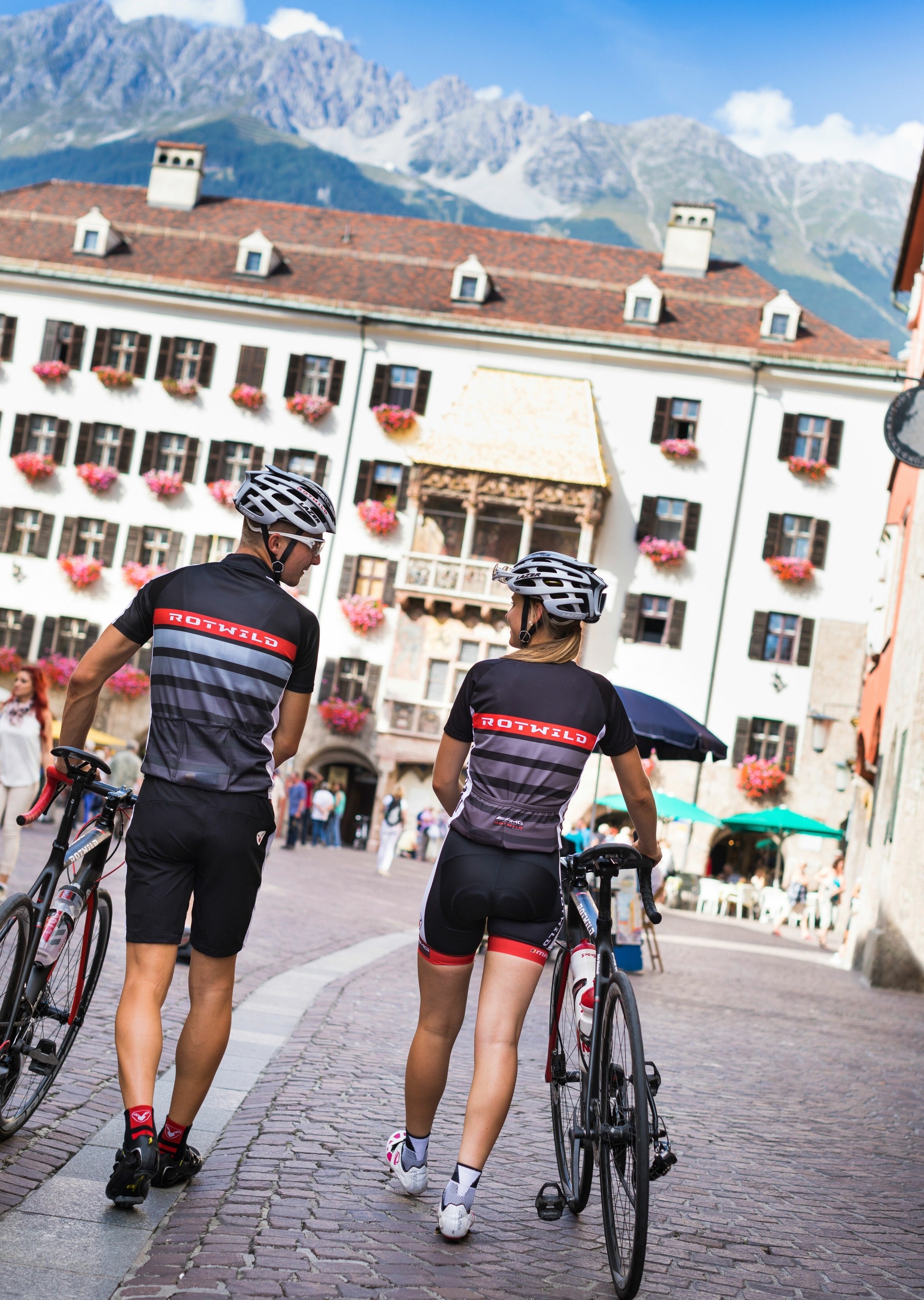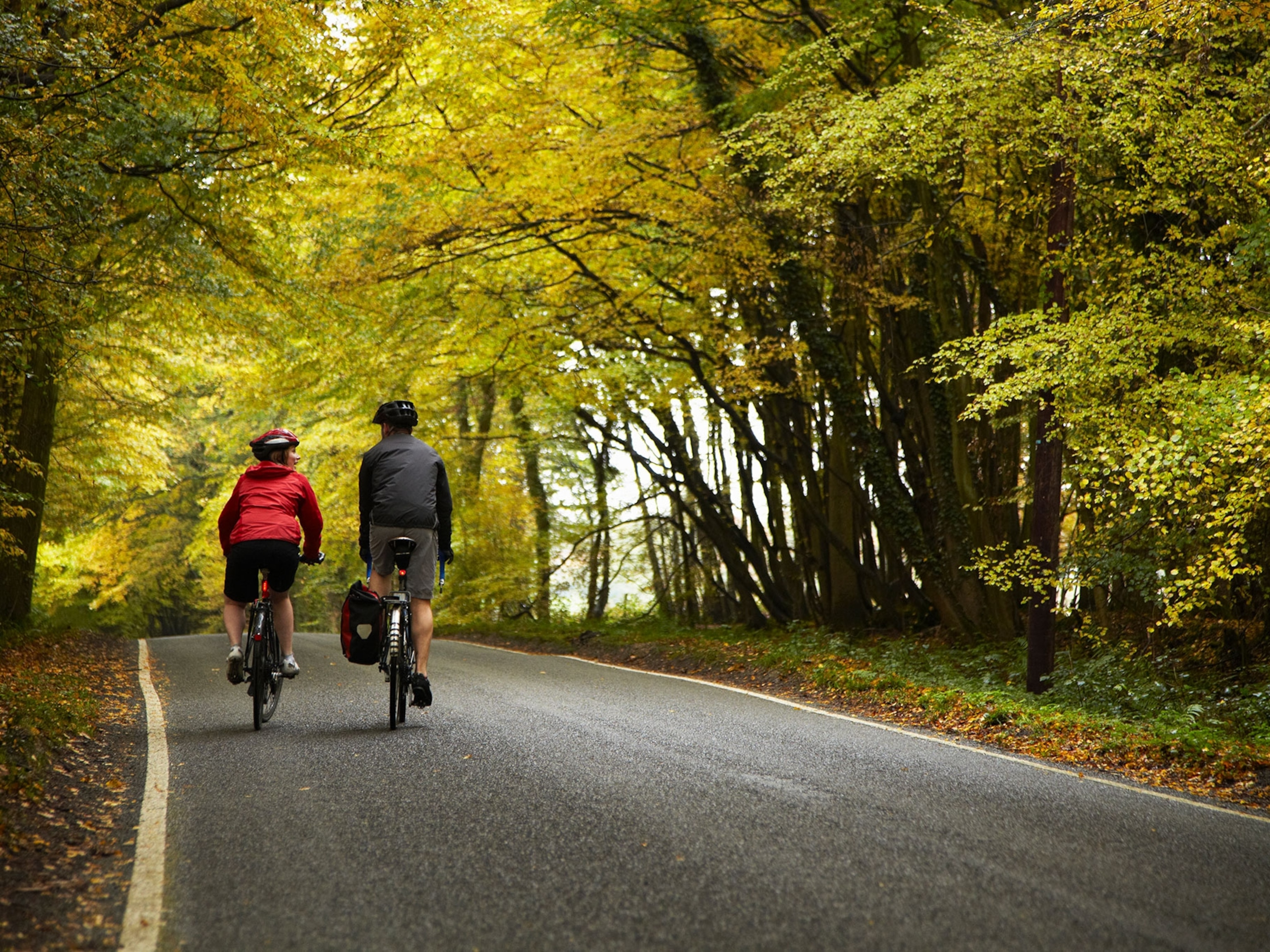
Palaces and peaks: a weekend guide to Innsbruck, Austria
The capital of Austria’s western Tyrol region, as well as the country’s fifth-largest urban hub, Innsbruck merges Alpine charm with city fun.
Huddled under the serrated peaks of the Nordkette range, Innsbruck is a city where the mountains never seem far away. You can feel the crisp air on the morning breeze, see sunlight reflected off the peaks and, in just a few minutes, get whisked by cable car from the cobbled streets of the old town to over 6,500ft above sea-level.
Unsurprisingly, the city is a hub for snow-sports in winter, but the mountain fun doesn’t end there. Hiking, biking and rock-climbing are just a few of the adventures on offer in the warmer months. And if you prefer your pleasures more sedentary, a leisurely wander around the city’s late-medieval Altstadt (Old Town) will do nicely — there are cathedrals, imperial palaces and museums galore to explore, not to mention some of Austria’s most atmospheric cafes, pubs and traditional taverns.

Day one: from the Altstadt to the Alps
9am-12pm
Start your stay by soaking up the sights of the Old Town. This is chocolate box Austria — a photogenic maze of pastel-tinted buildings, cobbled streets, stone arches and handsome townhouses that’s changed little since the heyday of the Habsburg empire. Walk along Universitätsstrasse to the Hofkirche, Innsbruck’s stately gothic cathedral, then detour along Hofgasse to the Goldenes Dachl (Golden Roof), another architectural landmark topped with gleaming copper tiles. Spend the rest of the morning exploring the Hofburg, the magnificent 15th-century palace where the Habsburg dynasty resided in lavish pomp and splendour.
2-6pm
After lunch, work off the stodge by puffing your way up the 133 steps of the Stadtturm, the medieval tower that affords wraparound views over Innsbruck’s rooftops. For an even more impressive view, walk up to the Nordkettenbahnen cable-car station, which zips you up the mountain slopes into the Nordkette range. Walking trails depart in all directions, and the panorama over the city and mountains is truly stunning; on a clear day, you can even see the mighty Grossglockner, Austria’s highest peak at 12,460ft. Hang around as late as possible: sunset is incredible.
7-10pm
The Altstadt is awash with classic Tyrolean taverns, and they’re for food, drink and a convivial atmosphere. Fischerhäusl and Stiftskeller are reliable old favourites, but for a more modern take on Austrian cuisine, try Die Wilderin, which specialises in hyper-seasonal, locally sourced and foraged ingredients. For dessert, indulge with cake and a coffee at one of the city’s historic cafes, like Café Sacher or Café Munding, then round things off with an Austrian beer or two: try Tribaun on Museumstrasse for craft beers or sit outdoors in the market square, next to the river Inn.

Day two: castles, ski jumps & knödel
9am-12pm
Day two begins with a visit to Schloss Ambras, the sprawling Renaissance palace remodelled by Archduke Ferdinand II in the late 16th century — as well as the world's oldest museum. Positioned on a hill and surrounded by glorious gardens, it’s a fine example of aristocratic excess: highlights from the exhibitions (some parts of which haven't changed since the 1570s) include an impressive collection of armour, a gallery filled with paintings of Habsburgs past (including a couple painted by Velázquez and Van Dyck) and the palace’s showpiece, the Spanische Saal (Spanish Hall), a 140ft-long banquet hall decorated with a fabulously ornate wooden ceiling and portraits of Tyrolean nobles.
2pm-6pm
After lunch, it’s time for some Tyrolean culture at the Tiroler Landesmuseum Ferdinandeum, a treasure trove of artefacts relating to the Tyrol region. It also has a wonderful collection of Austrian art, including canvases by Klimt, Egon Schiele and Kokoschka. In late afternoon, catch the tram to the Bergisel, the city’s famous Olympic ski jump, which was developed for the 1964 Winter Olympics and remodelled in the early 2000s by Iraqi architect Zaha Hadid. A striking structure of glass and steel, it’s quite a sight: from the 164ft viewing platform, you get a great view of the Nordkette mountains — and in the summer months, if you're here in the early afternoon, you can also witness live ski jumping.
7-10pm
Round off your Innsbruck weekend in style with a slap-up supper at Buzihütte, a much-loved mountain restaurant a short taxi ride from the city centre. Built in time-honoured, timber-framed chalet style, it serves classic Austrian dishes like wienerschnitzel (veal cutlet), Spinatknödel (spinach dumplings) and Käsespätzle (cheese noodles). Apart from the filling food, it’s the mountain-view terrace people come for — it’s the best spot in Innsbruck for a sundowner.
Top three mountain adventures in Innsbruck
1. Hiking & cycling
When the snows melt, the craggy mountains around Innsbruck open up to provide a paradise of high-altitude trails, perfect for a spot of hiking and mountain biking. The Nordkette peaks are the main hub: hiking guides and trail maps are readily available, and bikes (including e-bikes) can be rented from local operators. Stay in a hotel for at least two nights to claim a complimentary Welcome Card for free public transport and a guided activity programme, including hiking and e-biking.
2. Bobsleighing
If you’ve always wondered what it feels like to hurtle down an Olympic bobsleigh run, Innsbruck’s Olympia-Bobbahn allows complete novices to experience this hair-raising ride in the company of a professional driver. Hitting speeds in excess of 60mph and navigating 14 white-knuckle curves over almost a mile, it’s the ultimate rollercoaster.
3. Glacier skiing
Around 25 miles south of Innsbruck, the vast Stubai Glacier is Austria’s top spot for glacier skiing, as well as other snowy adventures like tobogganing and cross-country skiing. The fun doesn’t stop in summer, either: glacier guides lead exhilarating hiking tours out onto the ice to see snow caves and crevasses.

Plan your visit
Fly direct from London, Manchester, Birmingham and Bristol to Innsbruck Airport. Alternatively, take the Eurostar to Paris or Brussels; from there; there are fast, frequent rail links with high-speed networks.
Innsbruck’s bus and tram network is excellent: the 24-hour ticket is super value, or buy an Innsbruck Card, which includes free entry to museums and attractions, a guided city tour, a cable-car ride, three hours’ bike rental and more.
For more information, visit austria.info
Follow National Geographic Traveller (UK) on social media






